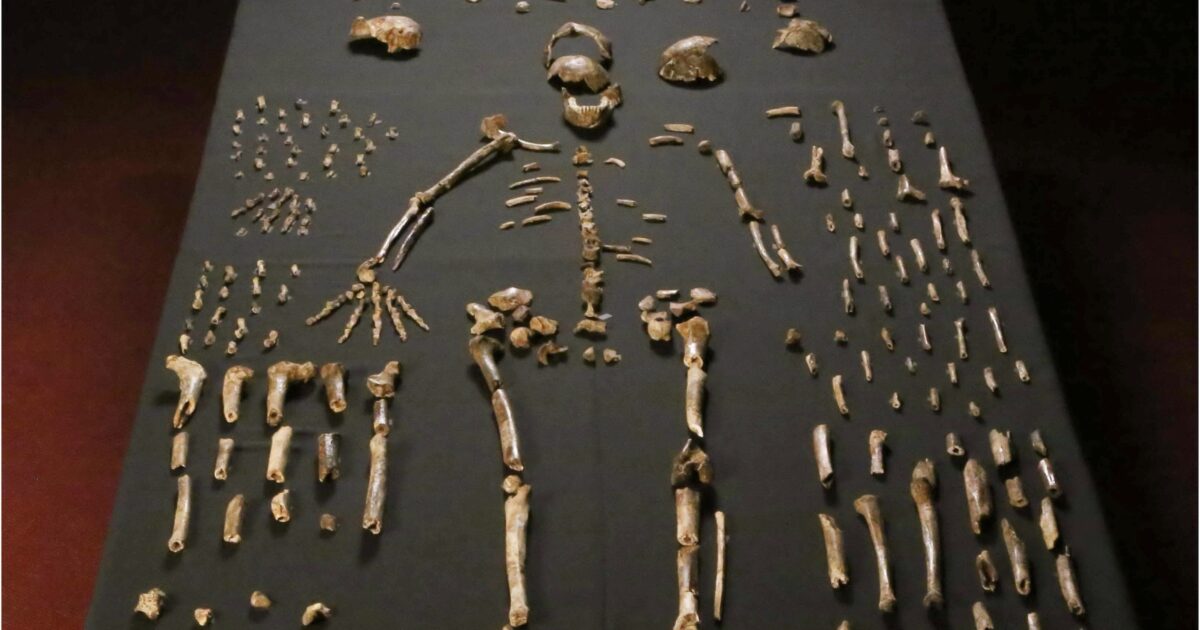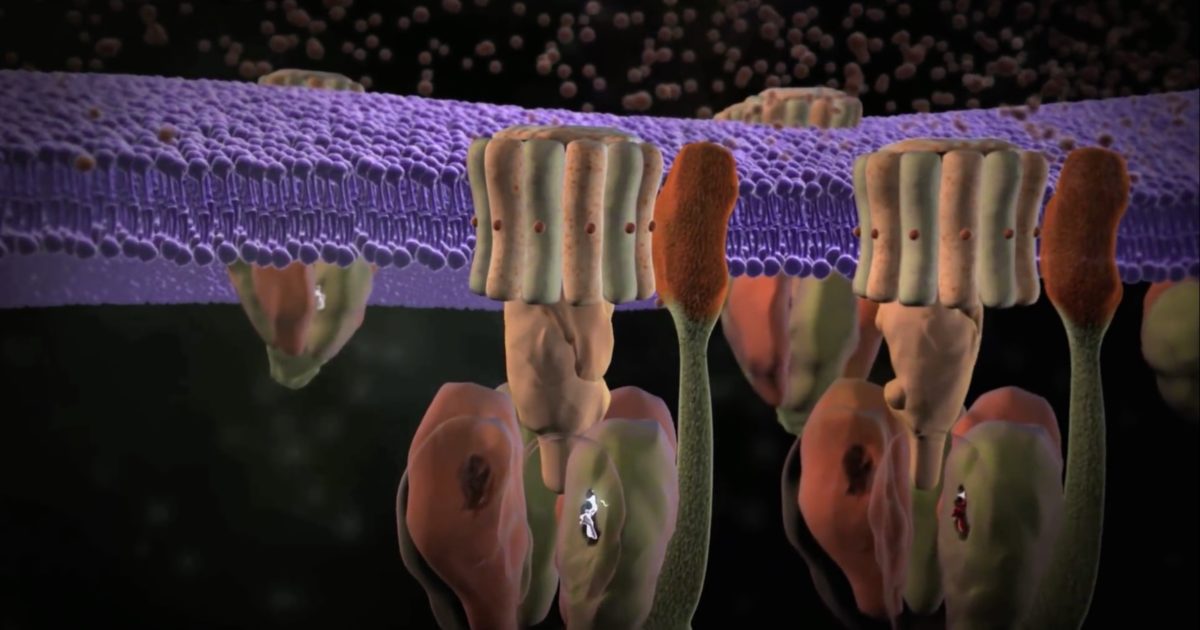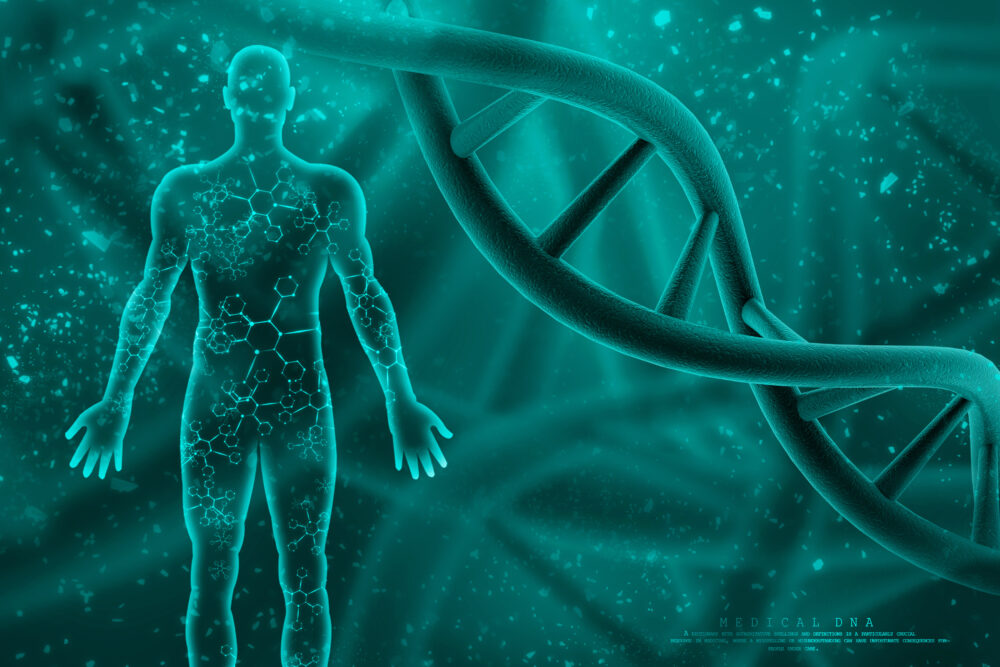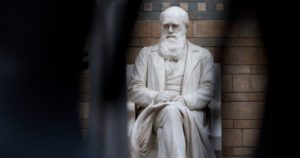
Archives


Former “Junk DNA,” STRs Found to Be “Rheostats” that “Precisely Regulate Gene Expression”

Another “Vestigial” Organ Turns Out to Have “Absolutely Critical” Functions: The Human Yolk Sac

Peer Review Rejects Claims that Homo naledi Buried Dead, Used Fire, and Scrawled on Cave Wall

Fact Check: No, Two Teens Did NOT “Accidentally Solve” Darwin’s Dilemma

Evidence of Woodworking Extends High Human Intelligence Far Back into the Mid-Pleistocene

Design or Chance? Casey Luskin on The Andrew Klavan Show

No, Intelligent Design Doesn’t Reason by Analogy; Here’s Why

New Online Homeschool Class Will Cover Chemistry — And Intelligent Design

A Guide to Understanding Contemporary Models of Human Origins

Why Intelligent Design Best Explains the Fossil Record Data

Peer-Reviewed Paper by Discovery Institute Staff Evaluates Synthesis of “Design and Evolution”

ScienceAlert Vindicates My Findings About Human “Tails” — They Are NOT an Evolutionary Atavism

Does the Scientific Evidence Support Evolutionary Models of Human Origins?

On Human Origins, New Peer-Reviewed Paper Reviews Models for Reconciling Science and Religion

Repair Trust in Science? In Science Magazine, Forrest Mims Replies

Scientists Are Skeptical that Intelligence in Homo naledi “Erases Human Exceptionalism”

Exposing Professor Dave’s Playground Tactics and Citation Bluffing Blitz

James Tour Takes Professor Dave to School: Farina Won’t Answer Tour’s Reasonable Questions
